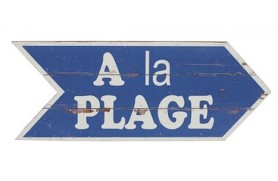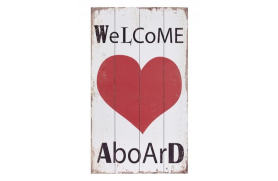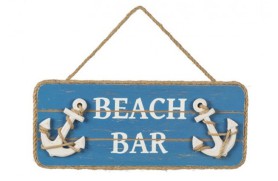
Signs on doors, walls and streets: The importance of information and orientation
Signs are omnipresent in our everyday lives. They serve as important sources of information and guidance. In this text we will take a closer look at the importance of signs on doors, walls and streets and discuss their different functions and their impact on our daily lives.
Signs on doors:
Signs on doors are crucial in identifying the purpose of a room or area. They give us clues about how a room works and shed light on the rules and requirements that apply in that room. For example, signs on doors in public buildings such as airports, hospitals, and shopping centers often indicate whether a room is designated for restrooms, offices, storage rooms, or emergency exits. Such signs are crucial to ensure operations run smoothly and keep people safe.
In addition, signs on doors also serve to break down barriers and promote accessibility. Signs with Braille and tactile elements enable people with visual impairments to orientate themselves in buildings. This is an important step towards an inclusive society.
Signs on walls:
Signs on walls have a wide range of functions. They can be ornate and enhance the atmosphere in a room, or they can provide clear instructions and information. In offices, blackboards and whiteboards can be used to communicate and present ideas. In museums and galleries, signs on walls are used to describe works of art and provide visitors with background information.
Road signs are a special category of signs that accompany us on our travels. They are crucial for regulating traffic flow, ensuring road safety and helping us navigate. Road signs, such as stop signs, speed limits and turn-by-turn instructions, are essential to preventing accidents and directing traffic. Signposts and mileage displays help us reach our goals, be it on long car trips or hiking in nature.
However, the importance of signs on roads goes beyond traffic guidance. They also serve to inform us about historical sites, cultural sights and tourist attractions. These signs provide insight into the history and culture of a place and help travelers better understand and appreciate the surrounding area.
In summary, signs on doors, walls and streets are of great importance in our everyday lives. They provide information, create orientation and promote safety. Whether in public buildings, offices, museums, galleries or on streets and highways, signs fulfill a variety of functions and make our daily lives easier. Without them, our environments would be less structured and understandable. Therefore, we should not underestimate the role of signs in our society and appreciate their importance for communication and orientation.
 Cookie preferences
Cookie preferences



































